Welcome to dear midnight, my bi-weekly newsletter with reflections on all things photography, publishing and the artistic process.
You can easily spot my desk at Foam - the surface is usually covered with piles of books, and the walls around it are always full of images or stuff that helps me dive into the visual world of the artists I’m working with. In this newsletter I reflect on the material that crosses my desk, this week with some insights into the first exhibition I curated at Foam: In Search of Perfect Orange by Rotterdam-based artist Benjamin Li. Thanks for reading along!
The earliest mention of the sweet orange was in Chinese literature in 314 BC. This zesty crowd-pleaser originated in Southern China, and was first domesticated there and in Myanmar, India and Central Asia. During the Arab Agricultural Revolution irrigation systems were improved and agriculture was made more efficient, ultimately leading to a growth in population and spreading of seeds and resources. In that time the fruit was carried further west, becoming well known throughout Europe by 1646; and going on to become the most cultivated fruit tree, available in supermarkets all year round.
Until the Renaissance the English language had no word for the colour yellow-red. It was only after the fruit arrived in Europe that Western languages began referring to the shade as orange. When Prince Willem van Oranje set the foundations of what would later become The Netherlands, orange became the colour of the royal family, attaching a sense of nationalist affiliation to it, dipping it in Dutch-ness. Benjamin Li’s exhibition title, In Search of Perfect Orange, does not refer to the colour, nor to the fruit, it implies the search for nuance in what is considered Dutch. It channels a sense of belonging for those having grown up in The Netherlands with Chinese heritage. In my opinion a much needed endeavour for mutual understanding in a climate where nationalism is encouraging racism, xenophobia and horrific violence across Europe.
1: Belonging
How does food shape our sense of self and belonging? Rotterdam based artist Benjamin Li has spent the past ten years visiting more than 1,000 so called Chinese-Indonesian restaurants in The Netherlands looking for answers. During these visits, he did not only create an extensive collection of photographs, but also collected menus, tableware and written memories of his encounters. His practice is as much a culinary investigation, as it is a way to connect and relate to his Chinese heritage.
belonging is a sense of fitting in or feeling like you are an important member of a group
Taking his family’s restaurant as a departure point Li’s work goes beyond the personal, telling the wider story of Dutch cuisine, which is deeply intertwined with its colonial history. Spices and dishes arriving from former colonies were introduced and later adapted to appeal to the Western pallet, creating a so called ‘melting pot’.
In the era of culinary fusions Li’s work invites us to chew on questions around the stereotypes and prejudices East Asian people face in the Netherlands and asks us to update our image of what Dutch food can look like. Many of his family members, including his biological parents, have worked in the restaurants as a way to survive and integrate into Dutch society. With his work Benjamin tries to honour the restaurant, where others at times mock it.
The exhibition is largely based on Li’s Chinees-Indisch Restaurant Stickeralbum, a publication that maps out the Chinese-Indonesian restaurant landscape in The Netherlands, while telling the story of his family through archive material. Each publication comes with a set of stickers showing different meals, which are numbered and adorned with anecdotes.
Double stickers can be swapped and horizons widened. Li sees the exchange not only as a physical transaction, but also as a social binding agent, where each item is more than just an object; it is a carrier of social relationships through exchange of knowledge and experiences.
Taking his interactive approach as a starting point, the exhibition at Foam places a typically round dining table, much like those seen in Chinese homes and restaurants, at the centre of the space. Visitors are invited to take a seat and gather around the table, browse the publication and swap stickers, stories or recipes.
‘Li’s approach transforms the audience from passive observers into active participants. Assembling the album becomes a multi-sensory experience akin to enjoying a meal: the visual and tactile sensation of the stickers, the sound of opening sticker packs, and the act of placing stickers in the book. The element of surprise in discovering which stickers you’ll find adds excitement to the process. The social aspect of exchanging duplicate stickers echoes the communal nature of sharing a meal. As visitors trade stickers, they forge new connections and share personal stories, creating a microcosm of community building and shared cultural discovery’ Aya Musa writes for the exhibition brochure.
The exhibition opens on August 29th between 5.30-9pm at Foam and you can RSVP here. I won’t be present during the opening, but my colleague and Foam curator Aya Musa will host a short Q&A with the artist and dive deeper into his practice. Big shout to the team, Marie Goto, Ariane Boogaard, Amely Sommer and Nordin Janssen for their hard work and valuable input.
2: From the bookshelf
Next weekend I am travelling to South Korea for three weeks with my partner. Upon his recommendation I started reading The Vegetarian by South-Korean prodigy Han Kang, who writes about protagonist Yeong-hye’s bold decision to become a vegetarian in a meat-oriented society like Korea.
I haven’t finished the book yet, but so far Kang’s visceral way of writing is captivating, and drenched in flavour and textures that activate the imagination. You are what you eat takes on new levels of meaning as Yeong-hye’s body and mind transform into a more ‘plant-like’ existence. Food is undeniably political and what we eat not only becomes a part of us, it becomes the substance of what we stand for. In that sense food might be the ultimate way of getting to know more about a person, a place, a country.
3: News
I’m truly delighted to attend the Daegu Photo Biennale as a portfolio reviewer on September 4th and look forward to sharing some insights and thoughts on the photography festival next month.
If you’ve read this far, thank you and I hope you enjoyed! My next letter will reach you at midnight around August 31st. Until then, take care.
x


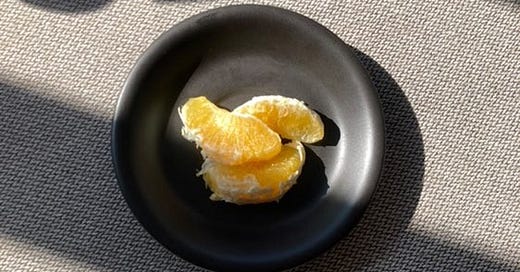

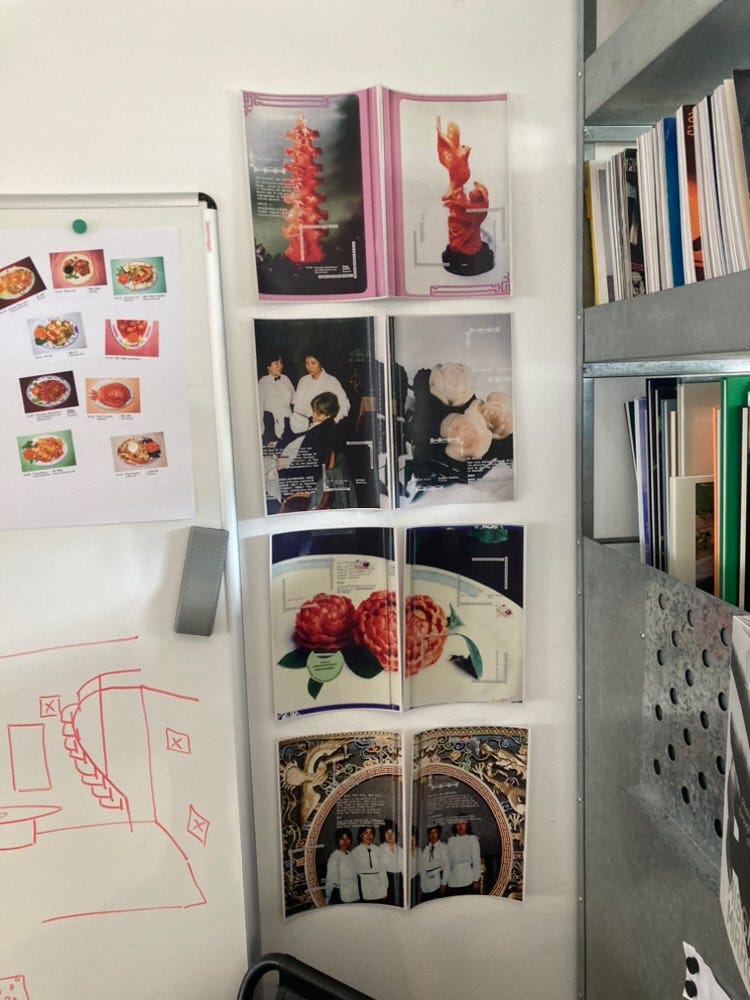

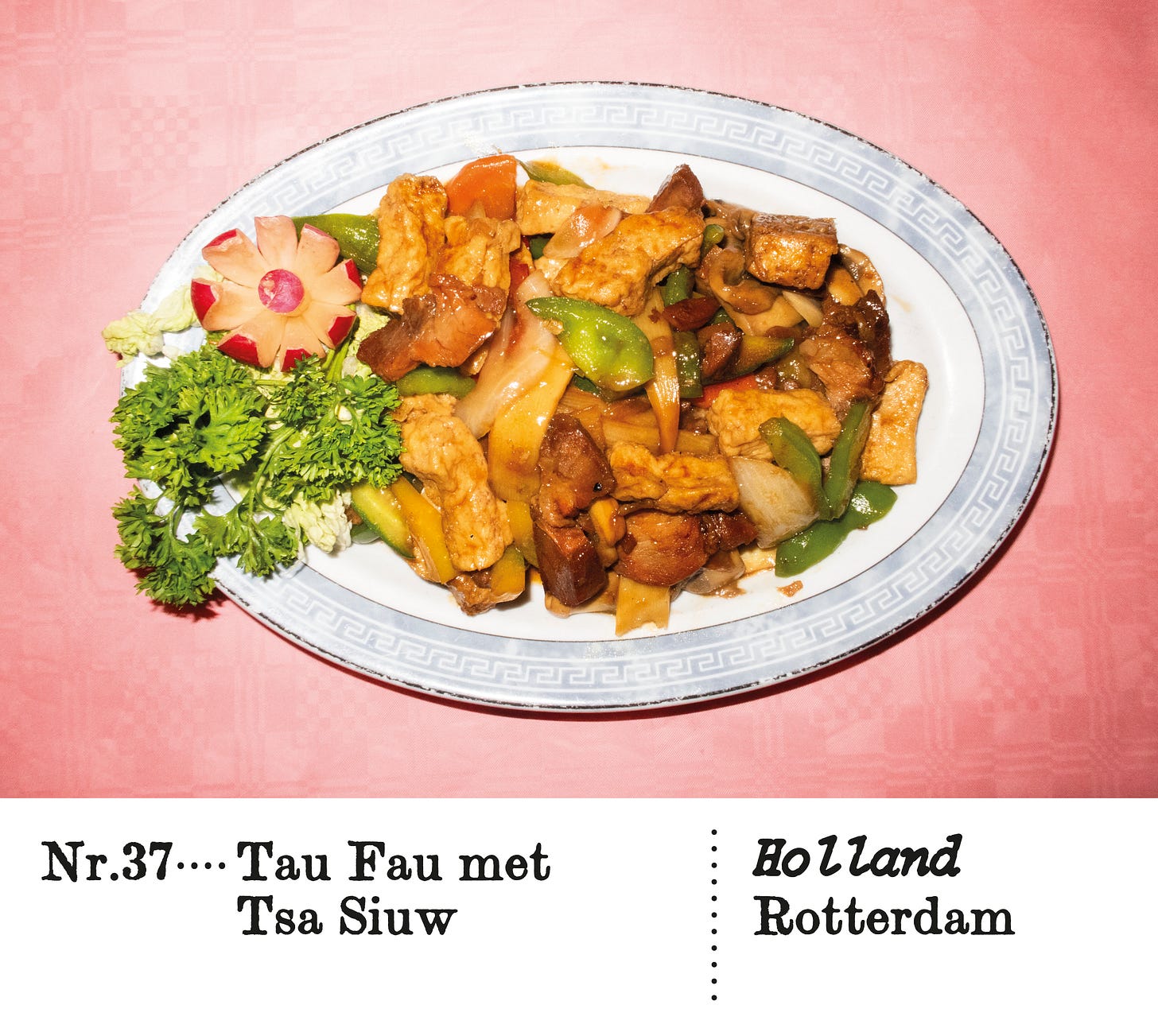
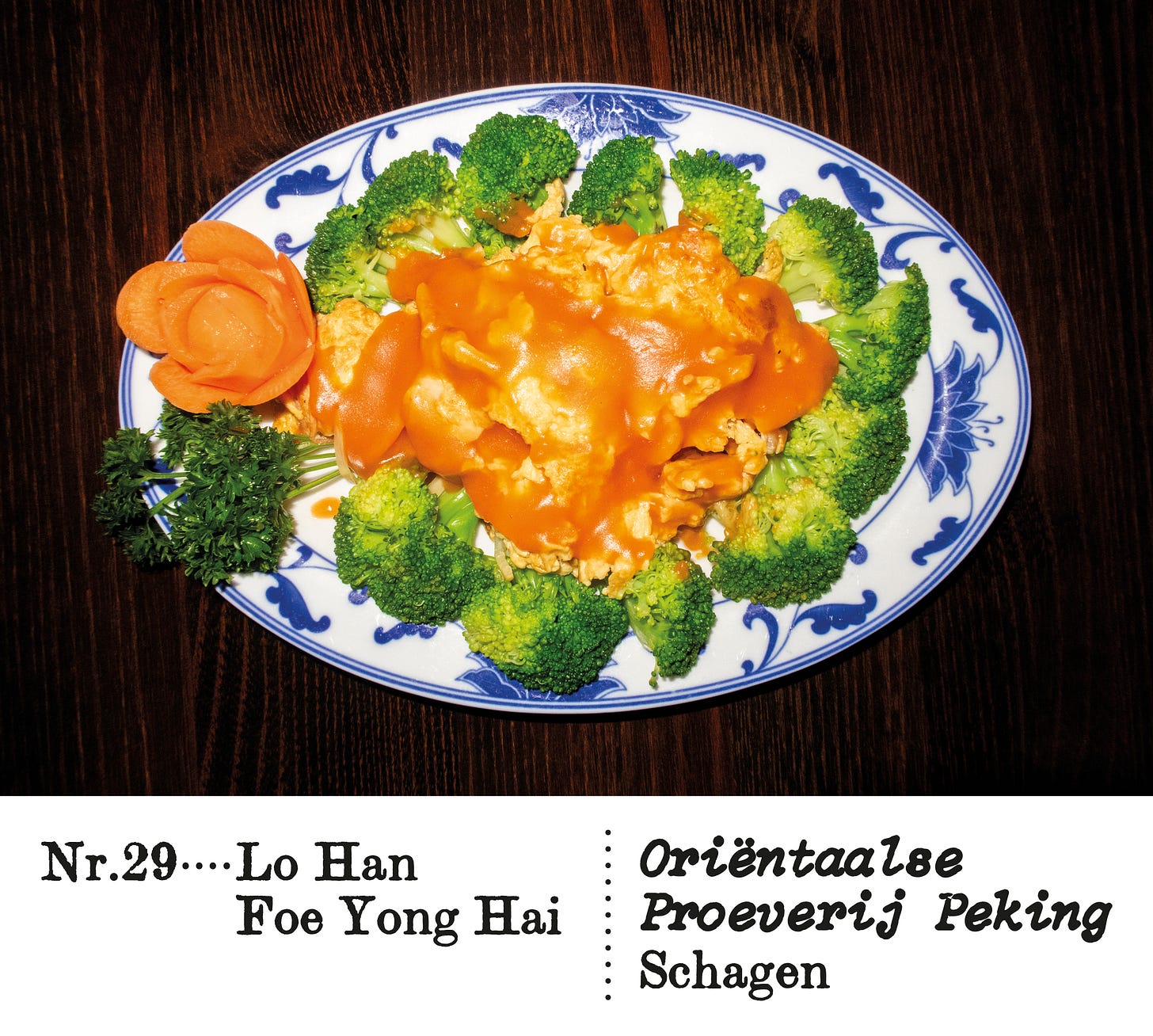
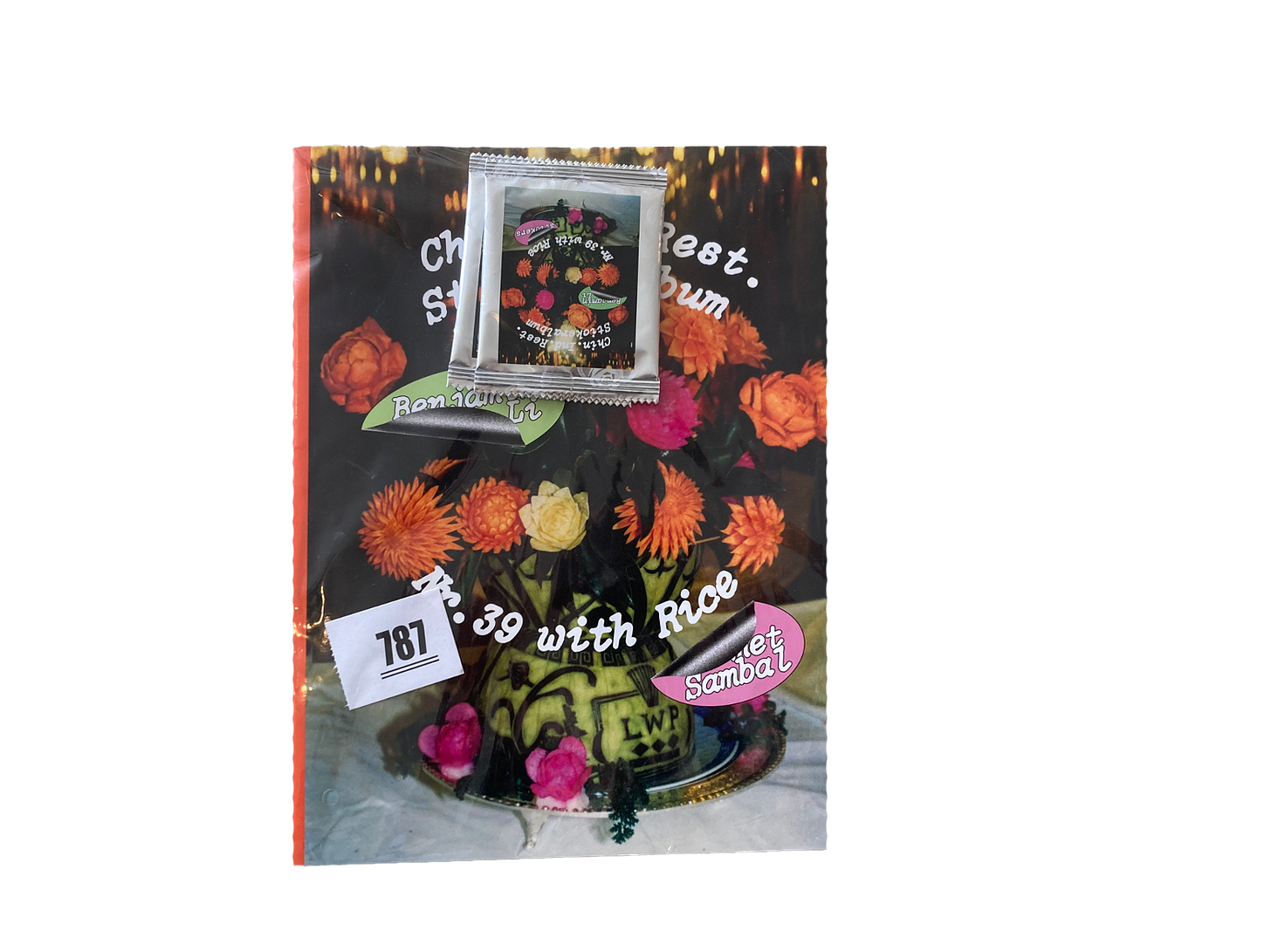

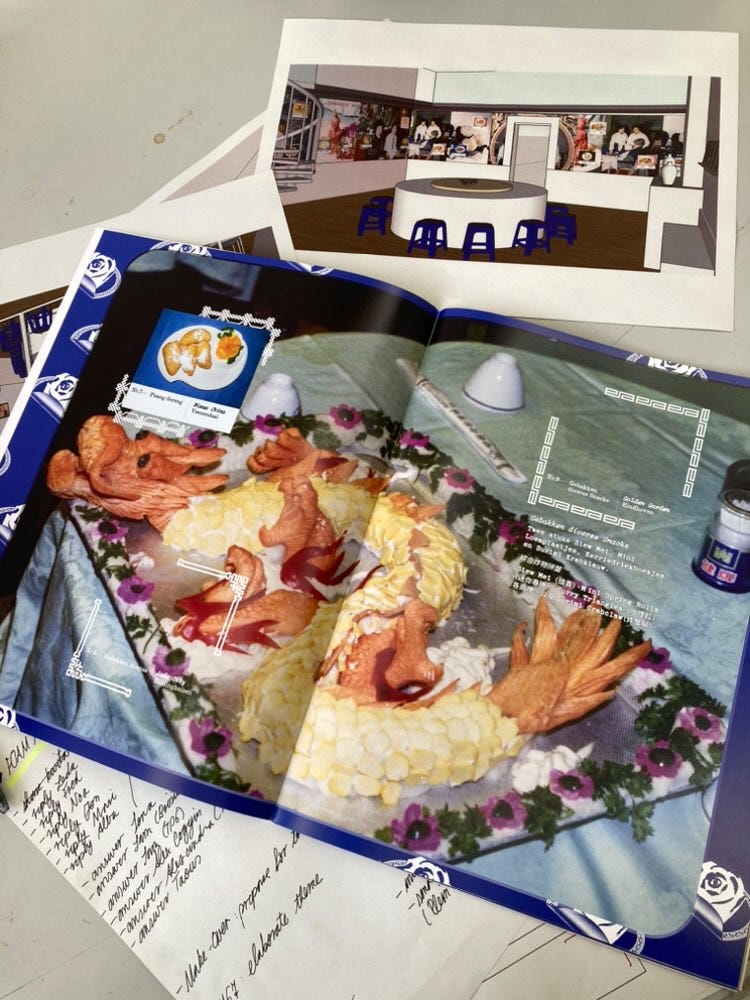
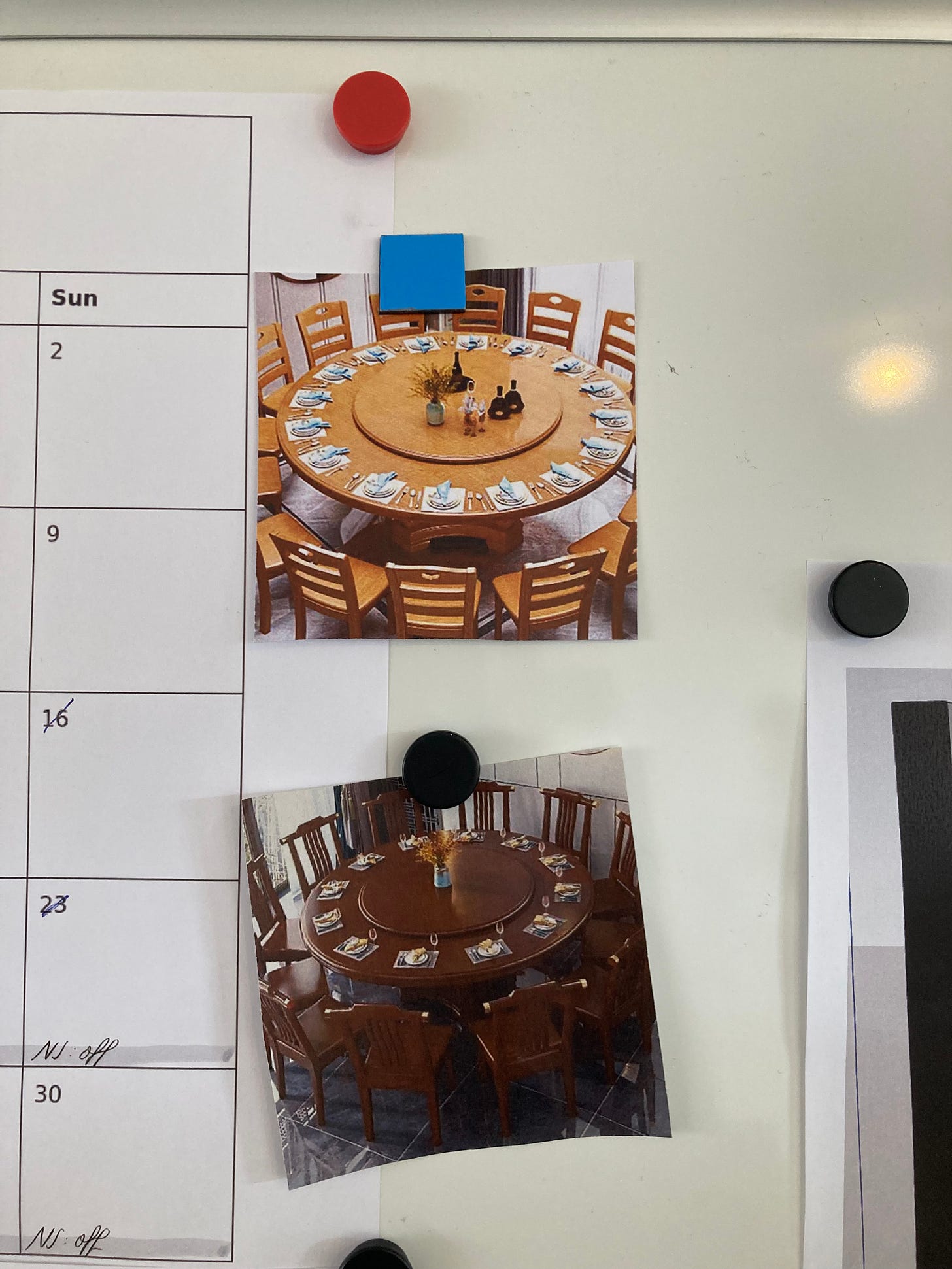

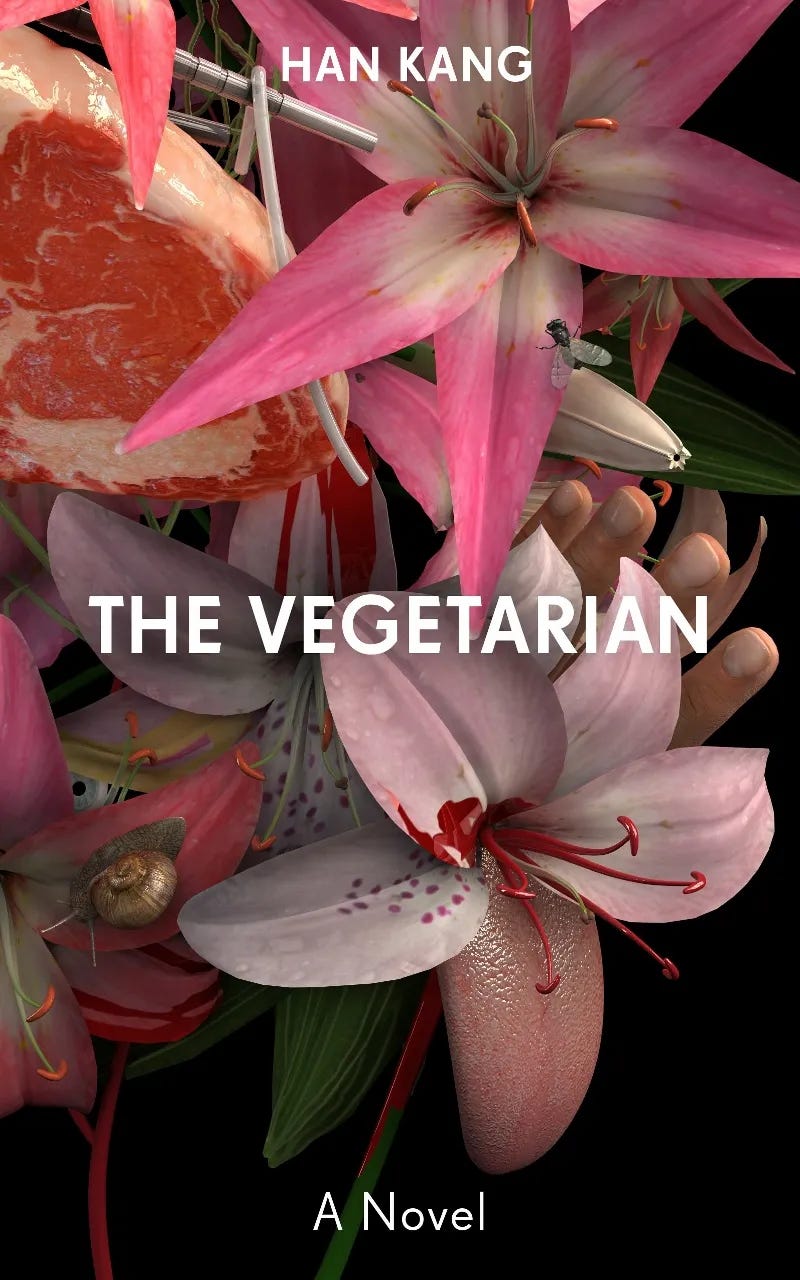
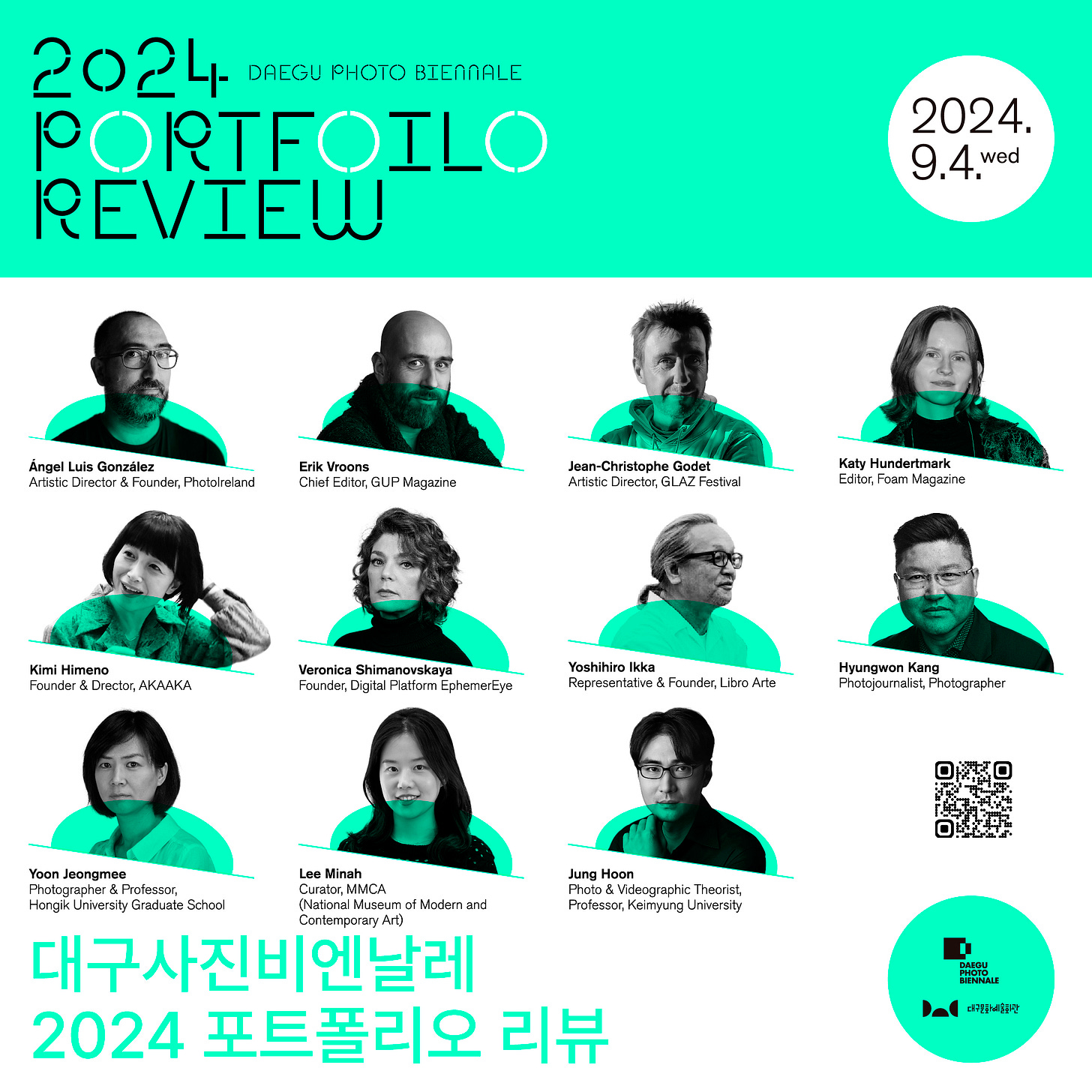
Your partner gives great recommendations😘
Katy, such a great reading! Thank you for presenting us such interesting minds and stories.